KXCI Focuses on the Future
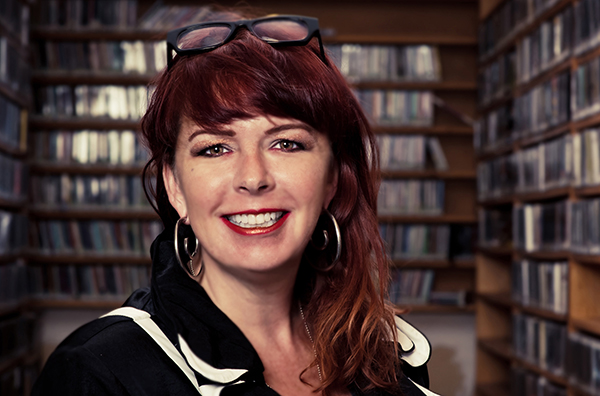
Cathy Rivers, KXCI’s new general manager, in the station’s music library.
photo: Amy Haskell
It’s mid-morning on a beautiful spring day in late March; I’ve got my car windows down while cruising downtown to KXCI, situated in the historic Armory Park neighborhood. I’m listening to Tucson’s community radio station en route, located on the left end of the dial at 91.3FM. Staff members are in full membership drive mode, pitching away with contagious enthusiasm.
“We’ve come a long way in 31 years,” says Traffic Director Melissa Mauzy through the air waves, and gives a brief overview of the station’s membership growth over the last three decades. “I predict, with the new (transmitter) tower, that we’ll have 4,000 members by 2020!” Currently, KXCI has close to 3,000 members.
Mauzy, who is in the broadcast studio with Membership Director Michelle Boulet-Stephenson, asks what the current drive has brought in so far. “We’re over $26,000,” replies Boulet-Stephenson, adding, “We need to see $28,000 in the rear view mirror!” The goal for this drive is $100,000 in ten days. At day three, on March 25, the station was on track to meet its fundraising mission.
I’m smiling as I look for a place to park, impressed by the ladies’ impassioned, intelligent delivery. As I walk up to the two-story brick building, built in 1904, I recall it was once a hotel/boarding house.
The place is abuzz with activity: phones are ringing, volunteers are answering the calls and donation pledges are being taken. Recently appointed General Manager Cathy Rivers is in the production studio, putting the finishing touches on a couple of station IDs recorded with local music luminaries Brian Lopez and Gabriel Sullivan. It takes a few minutes for us to get situated as Rivers is peppered with questions and updates from staff and volunteers. She handles it all with patient aplomb. While conducting an interview during pledge drive is not ideal, deadlines are what they are and we happily work with it.
After the station’s previous General Manager Randy Peterson stepped down to explore other professional opportunities this past December (he is now the Development Director for the Humane Society of Southern Arizona), KXCI’s Board of Directors – of which I am a member – asked Rivers, the station’s program director and The Home Stretch host, to serve as the interim general manager. Rivers’ performance over the last several months provided the board with the evidence it needed to appoint her as general manager and did so in a unanimous vote on March 19.
Katie Rogerson, KXCI’s board president said, “It was agreed that Cathy is the right person for the job and has the talent, expertise and passion to take KXCI to the next level. Just as important, KXCI is community radio and hiring someone from our own community just makes sense.”
Rivers’ career, primarily in Tucson, spans two decades and includes on air work in both commercial and community radio, along with band management, broadcast and music industry experience. A little known fact is that, in the ‘90s when she worked for Journal Broadcast Group, Rivers was the only female in the country to have a solo morning show on a station that was in the top 20 tier of the market. She’s also been a band tour manager and as a singer/songwriter/guitarist, she’s toured for her own music projects. As a well-known DJ, Rivers has a voice that is equal parts confident, soothing, engaging, inquisitive and sultry, which led her to garnering voice-over gigs.
Rivers’ resume isn’t something she immediately shares, one has to directly ask. Her main focus these days is ensuring the continuation of KXCI’s sound fiscal health, which includes monitoring the progress and completion of the “Amplify KXCI” capital campaign. They are close, and the team’s efforts have enabled the station to thus far raise almost $650,000 toward the $750,000 goal. In conjunction with KXCI’s entire staff, Community Engagement Director Amanda Shauger has been working with Deb Dale of Smith & Dale – the development consulting firm hired by the station – on this campaign.
 “KXCI has never done anything of this fundraising magnitude before,” Shauger explains. “It is a symbol of KXCI’s maturation and moving to the next level. With it, we have an opportunity to plan for the future and stay relevant with both legacy media and new media.”
“KXCI has never done anything of this fundraising magnitude before,” Shauger explains. “It is a symbol of KXCI’s maturation and moving to the next level. With it, we have an opportunity to plan for the future and stay relevant with both legacy media and new media.”
Some of the station’s objectives are to create avenues to advance both technologically and educationally. This all must be balanced with regular daily operations, managing the dedicated volunteers (which includes 70 volunteer DJs and hundreds of off-air volunteers); along with addressing listeners’ concerns and looking to connect with broader audiences and Tucson’s evolving demographics. As Rivers breaks down the listenership data provided by Arbitron-Nielsen, she shares that the majority of those tuning in – 30,000 weekly – are in the age range of 35 to 50.
“This is a really great family station. Not for kids necessarily, but for families; and one of the things that we don’t do at KXCI are family events.” Speaking with colleagues in the industry gave Rivers the idea to hold dances for families, offering “an opportunity for fathers to dance with daughters and moms to dance with sons.”
We get sidetracked when we see lunch being delivered by Culvers. During the drive, several local businesses have kept the staff and volunteers fed – Beyond Bread, Reforma, Diablo Burger, Tucson Tamale Company, 4th Avenue Deli, to name just a few. We stop to grab some food, and continue chatting while eating.
“For 31 years, KXCI has done a really great job of being a solid station; those who have come before me worked really hard to make it financially sound and worked very hard in getting some solid programming and solid programming concepts. The nice thing is I’m able to lead in a situation where we are in really good health. There are a lot of things that KXCI has not moved forward on where other radio stations are really now way ahead of us and the gap is just getting bigger and bigger. Until we acknowledge that gap and dig in and find out what’s really going on with KXCI, we can’t move the station further.”
Rivers explains that the gap lies in the constant evolution of technology; other stations have on-demand content and podcasts. KXCI is working toward doing those same things within the next several months. Digitizing content and looking at syndicating some of the station’s mini-programs, such as: Flicks, Growing Native, Arizona Trails, and The Weekly Green, is also on the to-do list.
The phone rings several times, Rivers answers it, “KXCI, may I take your pledge please? Oh, yes, let me get him.” She puts the caller on hold, grins and says, “It is ‘Wednesday Call Day,’ it’s for Duncan.” Wednesdays are the days when labels contact Music Director Duncan Hudson to ask if the station is playing their artists. A volunteer walks into her office to grab something off of the printer; a DJ pops her head in to say hi. While a bit distracting, the lively energy is uplifting.
Refocusing, Rivers addresses the broadcasting challenges. “We’re still working on the signal for KXCI. We now sound really great in the northwest and centrally, and we’re still having some issues in the south, we’re working on that. That is on the top of my priority list.”
The new tower was just installed last summer, so the process of working the problem continues to evolve. Shauger is working closely with Rivers and several engineers to find solutions.
Other goals include beefing up the station’s educational components by expanding its summer DJ classes to become year round and adding classes such as voice training, making live mixes and engineering. Having a solid education department will help with grants, a revenue stream they are looking to further mine.
As we wind up the interview, Rivers shares with passion how KXCI differs from commercial radio in the fact that KXCI is actually a part of the music business.
“Commercial radio has nothing to do with the music business. KXCI is a part of the music business because every CD that comes into KXCI gets listened to – whether it is from a 15-year-old down the street or it comes from Warner Bros. Records – every piece of music is given a chance.”
The phone rings again, and I take my cue. Rivers apologies, but it is unnecessary. It is a busy day, and her time needs to be focused on the station. As I leave, I say goodbye to Duncan and wave to Melissa and Michelle and say, “Take it easy!”
They wave back, and Melissa says, “We are, and we’re raising money too!”
Learn more about KXCI at KXCI.org, where the volunteer-produced shows are available for streaming. Listen on the FM dial at 91.3. Check out the website to explore volunteer opportunities, to donate online, and stay tuned for information on the upcoming DJ summer camps for youth.


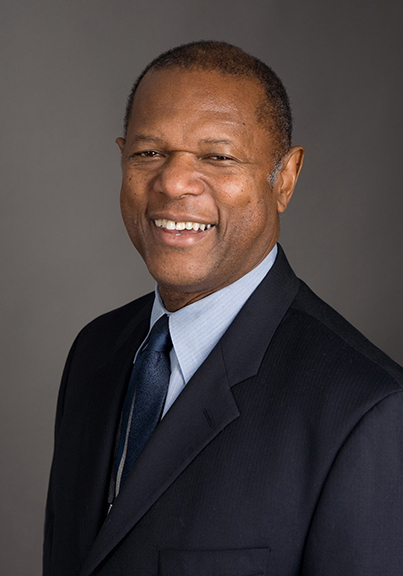

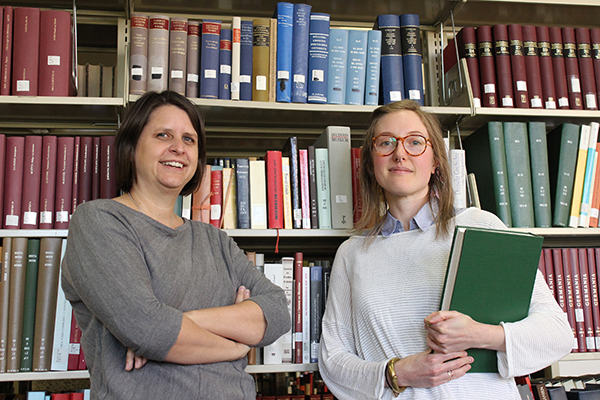


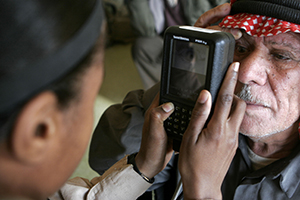
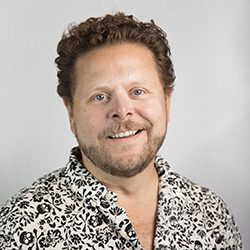



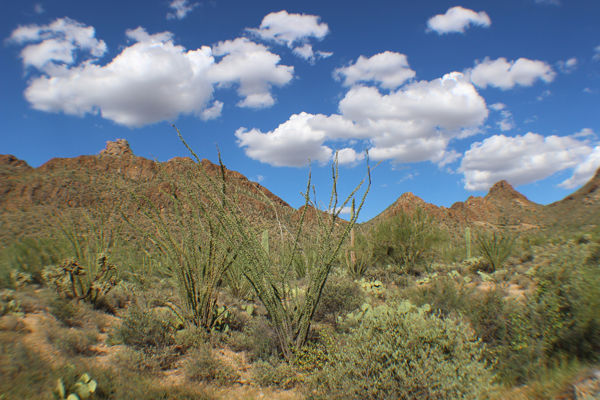
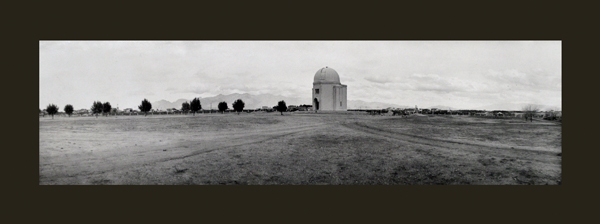
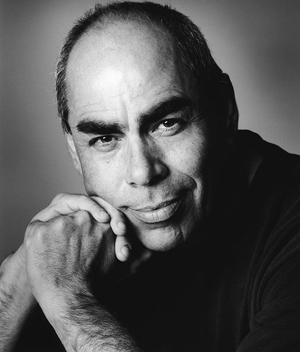




Also find us on...